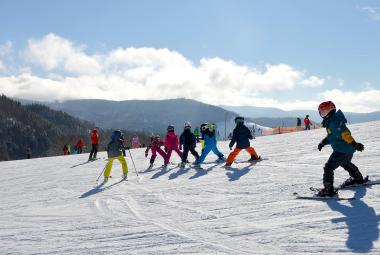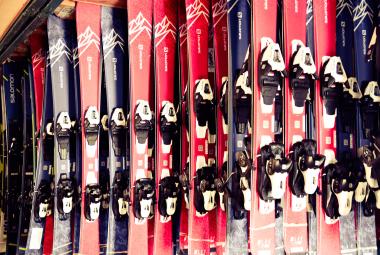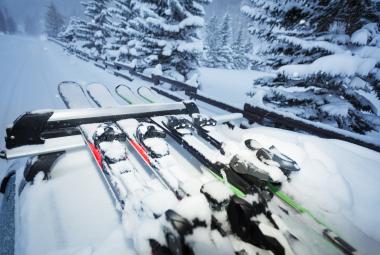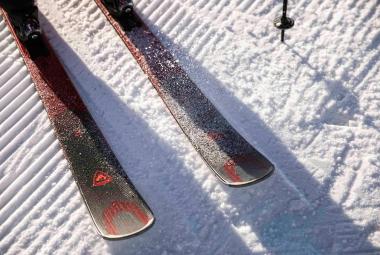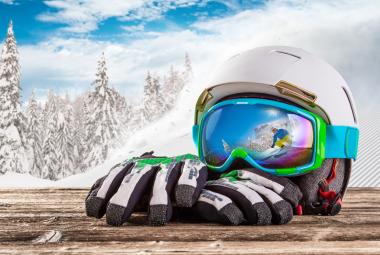Heading out to the slopes, skis, poles and a helmet are the most important things you need, but accessories like gloves or mittens can definitely play a major role in comfort for a great day outdoors.
When deciding between gloves or mittens, there are a lot of variables to consider, such as comfort, price, and warmth. The reality is that the price tag can run into hundreds of dollars, so it is best to do your homework to figure out what to look for and what aligns best with your ski habits.
Technology has allowed for some significant advancements in comfort and warmth, providing some interesting new options.
Here are some of the top things to consider when deciding to buy gloves versus mittens.
Mittens
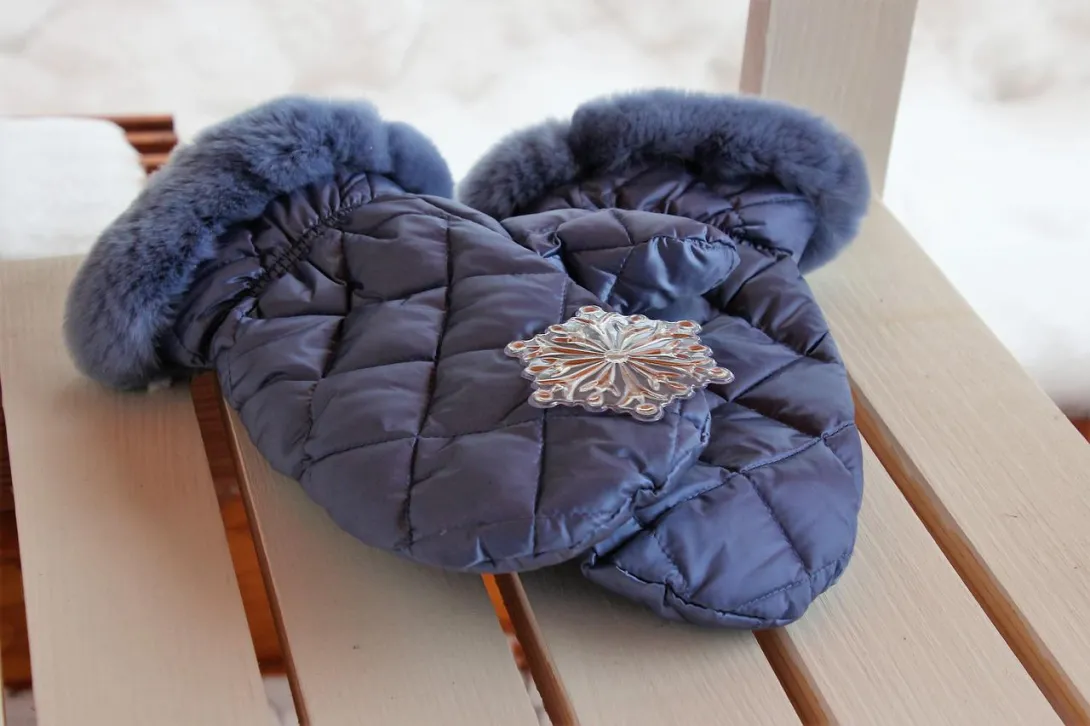
Pros
Mittens have been around forever, in fact, thousands of years. A simple design that blankets all your fingers together in a cozy pocket. But mittens have come a long way; with the use of new fabrics and enhanced design, they are sophisticated accessories that are no longer just for kids. There are a whole host of valid reasons why many skiers prefer them.
Mittens are largely considered to be the warmer option, as your fingers are huddled together and share warmth as opposed to gloves where each finger is separated, making it much easier to succumb to the cold. Mittens can be advantageous in skiing in colder climates such as Banff and Mont Tremblant in Canada or Whiteface mountain in New York's Adirondack Mountain.
In terms of ease, mittens tend to be simpler to take on and off, as you don’t have to worry about sliding each finger into their designated spot. With a simple wrist cincher, they fasten quickly, ensuring no pesty snow makes its way up your sleeve.
Cons
Dexterity is one of the significant reasons that skiers take a pass on mittens. Grasping a pole or grabbing a rope tow can require more flexibility, something easier done with gloves. Similarly, if you want to adjust a zipper, fix your goggles, or get out your phone for a quick picture for Instagram, you may need to take them off.
Gloves

Pros
Gloves have long been the primary choice for skiers. They definitely win on handling, as all your fingers are free, and it is much easier to use those fine motor skills. The importance of this should not be underappreciated, especially with the need for a good grip on your poles. Poles are a major tool to ensure balance and rhythm and can be critical on testy moguls or a challenging black diamond trail. Even in downhill skiing, many spots require a lot of pushing through flat areas with the steady use of poles.
Although many consider gloves to be not as warm as mittens, there are a number of enhancements, including liners (either built-in or removable) that can assist with improving the warmth of gloves, mitigating one of their biggest drawbacks.
Some gloves feature battery-powered heating systems. They typically include rechargeable lithium-ion batteries and can operate on different levels of heat output. The batteries and heating technology make the gloves more expensive, heavier and slightly bulkier than non-heated gloves. But those trade-offs can be worth it if other gloves don't work for you. Expect to spend $200 plus or more on heated gloves though.
Cons
Warmth. As noted, this is the biggest issue with gloves, although if you are willing to spend the money, there are some enhancements that can help mitigate these issues.
Because gloves need to fit just right (the goldilocks dilemma), it can be slightly harder to size well. Especially if you are ordering them online and not sure of sizing. They can also be stiff, but this can be overcome by purchasing gloves made with the right material.
Although even with most gloves, the touch feature on your phone won't work very well unless you get ones designed explicitly with the functionality, an added cost.
Hybrid and enhanced options

There are a few hybrid options that seek to provide skiers with the best of both worlds, something to consider for those who are torn between the traditional options.
Lobster gloves
So-called as they mimic the look of a lobster claw, this is a hybrid of a mitten and glove. Although there are a couple of iterations, the most common has the index finger on its own, which can be a good compromise as it provides more dexterity without sacrificing warmth. Although in frigid weather climates, there can be some warmth issues of having one finger on its own.
3 in 1 gloves
Another hybrid version provides both a glove with an outer layer, similar to a mitten, than provides extra warmth. A fancier and sleeker version of wearing mittens over gloves. This does provide some flexibility as skiers can wear the glove liner on its own, the outer mitten layer or all together for maximum heat conservation.
While this is a good option for some, depending upon the brand and style, they can be more cumbersome to use and pricey.
Heated gloves
Available for both gloves and mittens, advancements in battery technology have allowed for heated accessories. They most often include lithium-ion batteries with different levels of heat. While these will definitely keep your hands warm, which is a great plus for the glove version, they can run several hundred dollars, can be cumbersome and need recharging.
Touch screen functionality
One enhancement seen in gloves is modifications that allow for touch screen functionality. This can be a major plus for skiers who want to use their phones without having to take their gloves off. Whether it is a quick picture or checking a GPS for backcountry skiing, this can be a great bonus, particularly in cold winter.
Other considerations
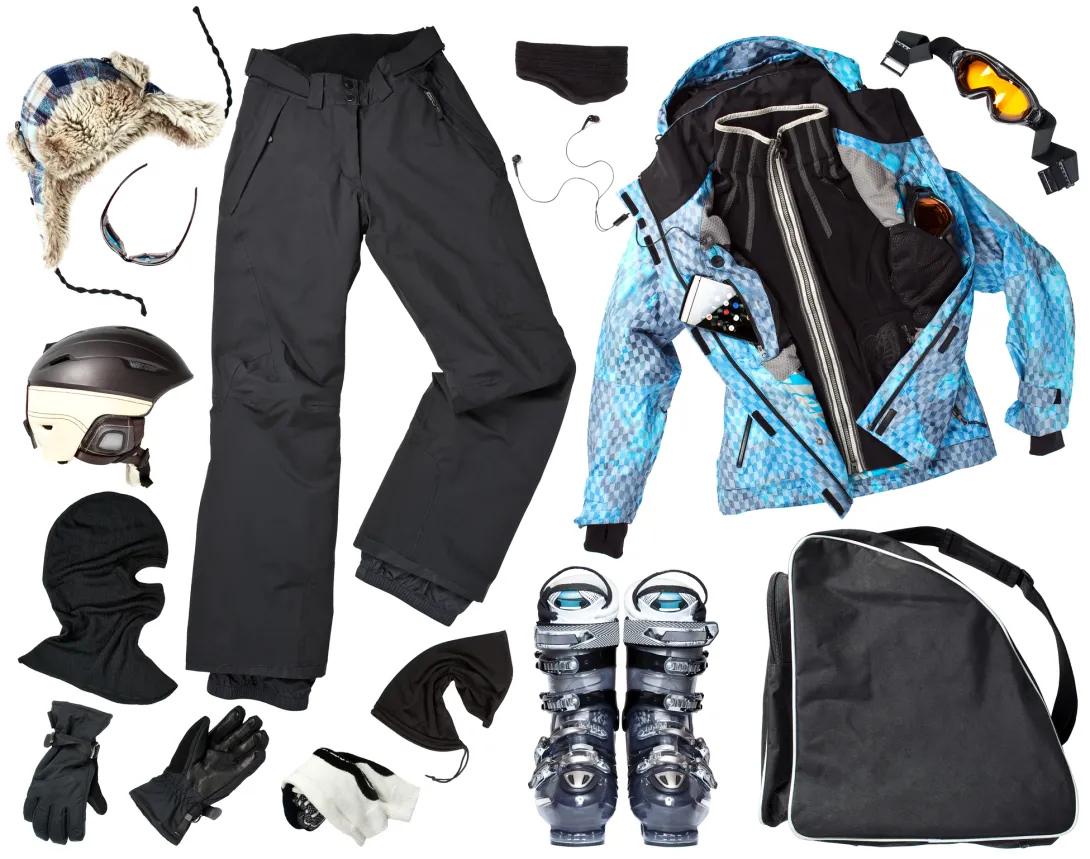
There are also a few factors to consider in the glove versus mitten battle, and a lot depends on personal preference with no clear right or wrong choice.
Material
Not all gloves and mittens are created equal, and this is certainly reflected in the price. There has been major advancements in the materials used in this outer gear, which allows for added warmth in gloves, which has been a major criticism of this option.
Although down is considered to be excellent at providing warmth, it works best when dry. It is made from the feathers of ducks, geese and swans, providing natural warmth. This can also be a drawback to those not in favor of the use of animal products.
There are a wide variety of synthetic materials, from less expensive, which tend to be not as warm and bulky, to high-end ones. There is definitely a quality/warmth trade-off with different types of materials.
A few more points

- Price - Good ski gloves can run a couple of hundred dollars, so spending a little time figuring out which is best, is a good idea. If you are heading to a chilly region, as the next point discusses, splurging may be worth it.
- Climate matters and for extreme cold, many prefer mittens over gloves. Personal preference and health may also play a role. Some people have poor circulation or their hands may get cold more easily. Whether it is dry, milder conditions with man-made snow, or a more natural, cold and wet environment, weather can play a role as to which is the best option for you.
- For snowboarders, many opt for mittens for warmth. In fact, in the last winter Olympics held earlier this year, several competitors on the U.S. team wore mittens in competing in snowboarding events.
- Style is also a consideration, and there are tons of options for ski looks, with plenty of fashionable designs and colors. With the popularity of mittens with snowboarders, they are no longer seen as a children’s product, and there is a massive array of options to pick from.



